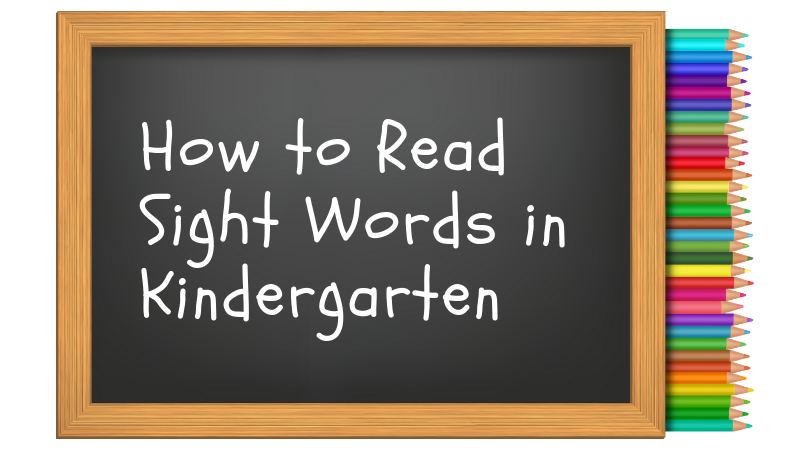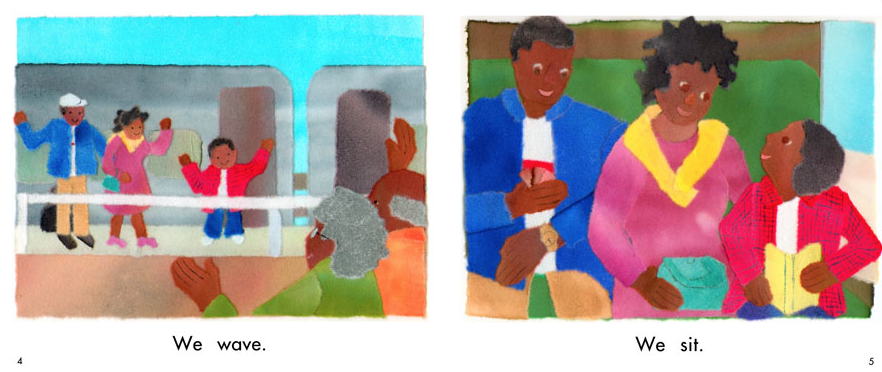In the fourth post of our Reading Conferences with Beginning Readers blog series, our literacy team shares how to read sight words automatically and accurately. This post is taken from our free, downloadable Reading Conferences by Bebop Books guide.
What are sight words and why are they important?
Sight words are words that children have learned to recognize without having to decode. Sight words are some of the most frequently used words in English and some of the first words early readers learn to recognize on sight and read. Level A, B, and C books are filled with these familiar words. When children read books at these levels, they should be able to recognize the words they have learned and read them automatically.
Many teachers find it helpful to create a word wall in the classroom to record words that have been learned in word study and that often appear in the book children are reading. The word wall becomes a reference for children to look at whenever they have trouble with a word. Sight words are sometimes called high-frequency words, or Dolch words.
Ideas for Partnerships who are working on this skill/behavior:
- Before reading, ask partners to look at the word wall and try to read all of the words. This helps them get ready to read and gives children the opportunity to practice recognizing sight words.
- Encourage partnerships to prompt and coach each other by saying “Check the word wall” when a partner gets stuck on a word. Constant reminders to use the word wall reinforce the idea that children can use references in the classroom to help them when they are having trouble.
Ways to support this skill/behavior throughout the day:
- During lineup before lunch, recess, or dismissal, use flash cards to reinforce the words that have been learned and added to the word wall.
- Mix sight word practice with games. For example, give clues about a mystery word on the word wall and have children guess what the word is and point it out on the word wall. Or, turn off the overhead lights and shine a flashlight at a word on the word wall. Have students read the word as quickly as possible.
Listed here is an example of a scenario that demonstrates helping students to read sight words automatically and accurately:
Research: Listen to the child while they read aloud. Does the child read sight words automatically or does the child sound the words out?
Observation: The child is unable to read a sight word that they have known in the past.
Coach/Prompt: Say, “You know that word. You just read it on the last page.”
Demonstration: Use the text, Train Ride and turn to pages 2 and 3. Say, “When I read, I see a lot of the words from our word wall on the pages of the book.” Begin reading page 2 and stop. Say, “Oh, I know this word. ‘Are’ is on our word wall.” Point to the word wall and read the sentence again. Have the child try in their own book.
Interested in ordering Guided Reading books for your kindergarten classroom? Check out our collections of books at levels A, B, and C below:
- Bebop English Guided Reading Level A
- Bebop English Guided Reading Level B
- Bebop English Guided Reading Level C
Missed our posts in our Guided Reading in Kindergarten series? Click below to read more:




One thought on “Reading Sight Words Automatically and Accurately”
Comments are closed.